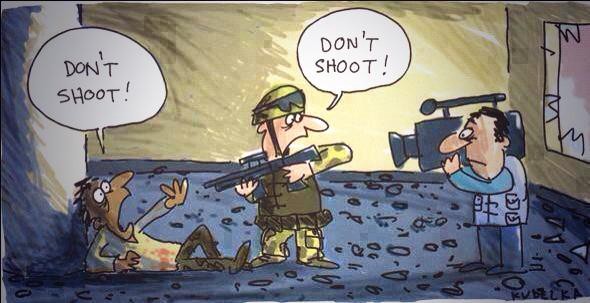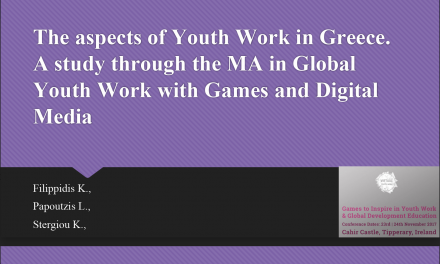The war in Iraq and Afghanistan introduced the public into a new medium of journalism, the embedded journalism. The term was given to this new kind of reporting as the news agencies were now sending their journalists as close to the war zone as never previously possible, by embedding them with the English and the American army. The journalists would report the news of the war from first hand and they would be able to capture footage of actual battles as well as the atmosphere that prevailed in the captured cities by the western armies.
Embedded journalism was a breakthrough in the reporting of wars. For the first time in news history the public was able to witness the progress on the battlefield in live broadcast and in a 24 hours basis. The people could now follow the soldiers and view the war through their eyes. Many described this first encounter with embedded journalism as a shocking experience and focused on the moral aspect of the whole project. People were not used in watching countless bombings and real bullets on their screens.
The outrage that these new journalistic methods and techniques generated was not enough for the decision makers to cancel the show. Besides the fact that the news was now extremely popular, it also served another very important role that nor the winning or the losing side wanted to let go off. From the side of the west, the embedded journalists couldn’t keep themselves from even unconsciously favoring the side of the army which they were practically living with, often for very long periods. At the same time journalists had to rely on the information that the officials would give them and those information did not always match with reality. This form of journalism eventually turned into a mean of mild propaganda. The viewers were for the first time in history that close to the events but the reporting of them was in many cases more distorted than it would be if the cover had happened in traditional terms.
The Afghans and the Iraqians also took advantage of the embedded practices. Knowing that the enemy’s forces were accompanied with journalists, they would set fake sceneries in strategic locations where people loyal to the regime would express their support to the officials and their righteous fight against the “invading imperialists”. It is clear that both sides understood perfectly the importance of such images in the battle for winning the sympathy of the global community.
Taking in account all the above, it is safe to say that embedded journalism failed to completely fulfill its very specific target. Not only to report the news of significant events but to also bring people closer to the reality of war and sensitize them about it. Although people did come a step closer to the horrors of war, it wasn’t enough for them to get the full picture and thus to become more active and take initiatives that could change the course of a devastating war for all sides.
The great technological advancements of the last decade in the field of cinematography and video recording might have solved some of the mentioned problems of embedded journalism. The past few years many journalists, directors and even news companies like the New York Times, The Huffington Post and The Guardian, adopted 360° video and VR videos making news reporting more immersive than ever. VR and 360-degree videos can offer experiences and environments to the audience that were not previously realizable and thus creating more engaged users. With virtual reality the user could be in the heart of war, see and judge the consequences, meet the victims of it and even walk around in the destroyed cities or a battlefield. There are already some great implementations of virtual reality journalism. But although it seems like the future of journalism, it also has great disadvantages and deep moral issues, as well as lurking dangers for a more effective propaganda.
Despite all that though, one thing is for sure: virtual reality reporting is just at its early stages but it is the next big thing in journalism and documentary making. The important question is if this new medium can actually change the way that people learn, feel and think about war. If so, that could mean that a revolution in human perception is approaching with anything that this might mean. We will be exploring the impact of virtual reality in the reporting of wars in the coming articles.
Writer: Akilas A. Mitkas





